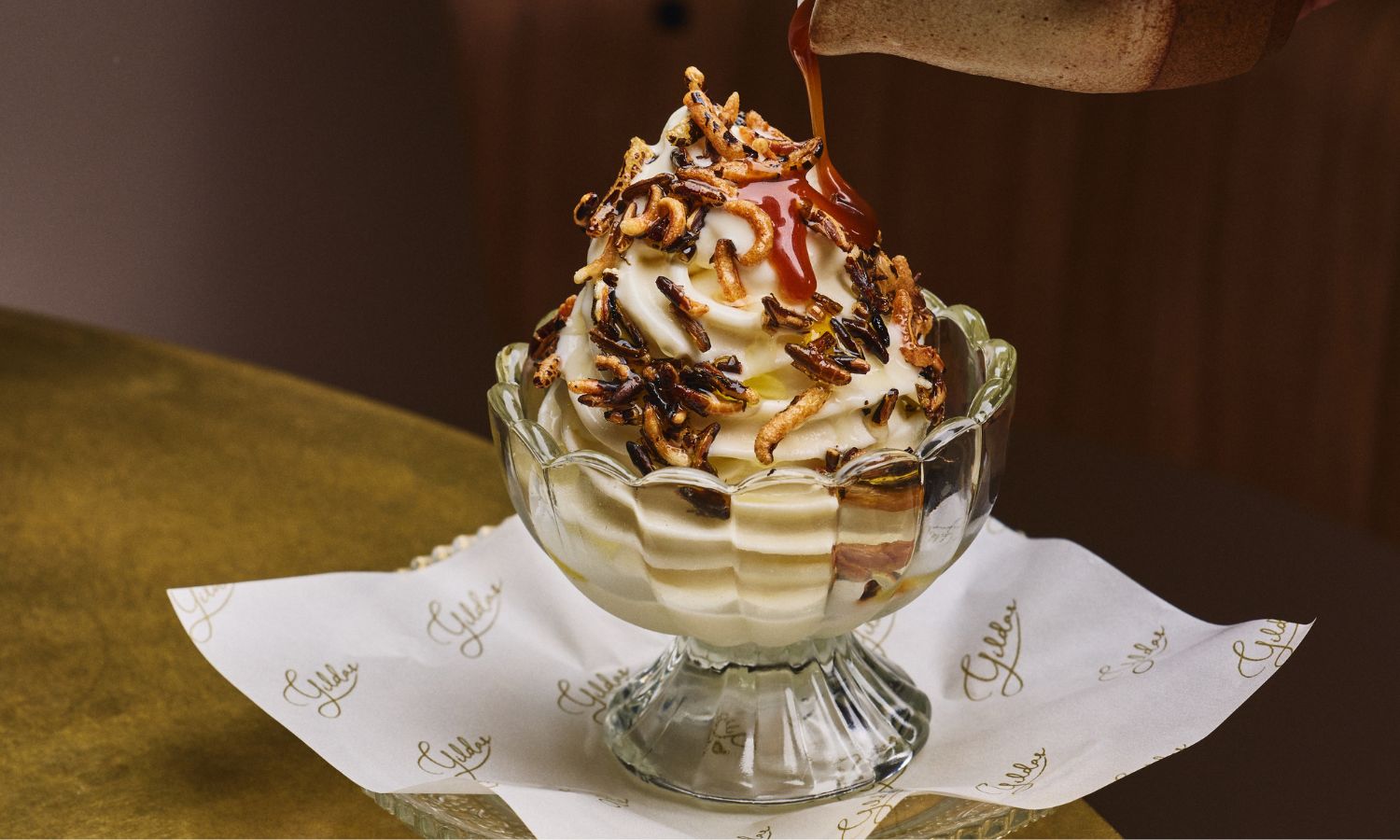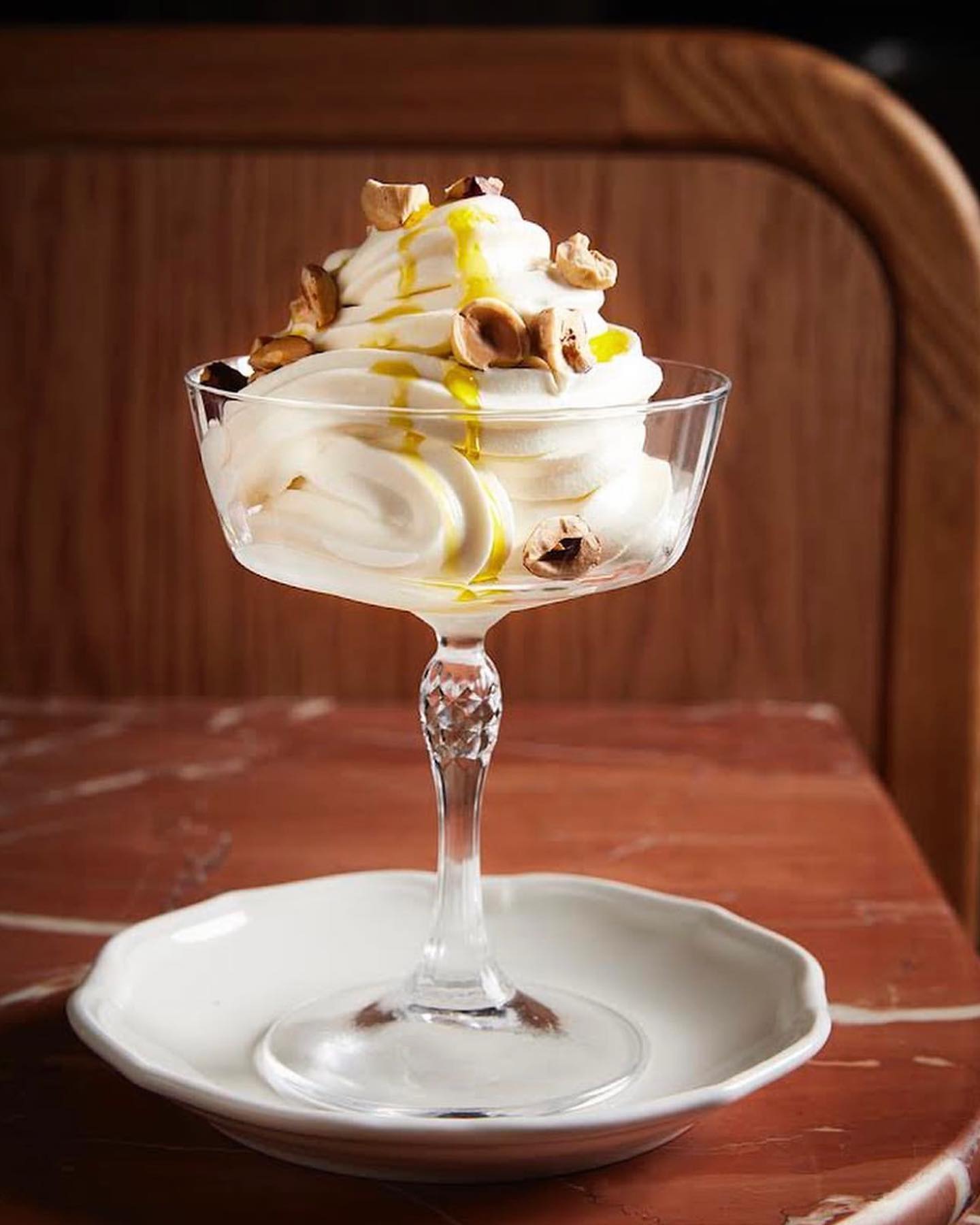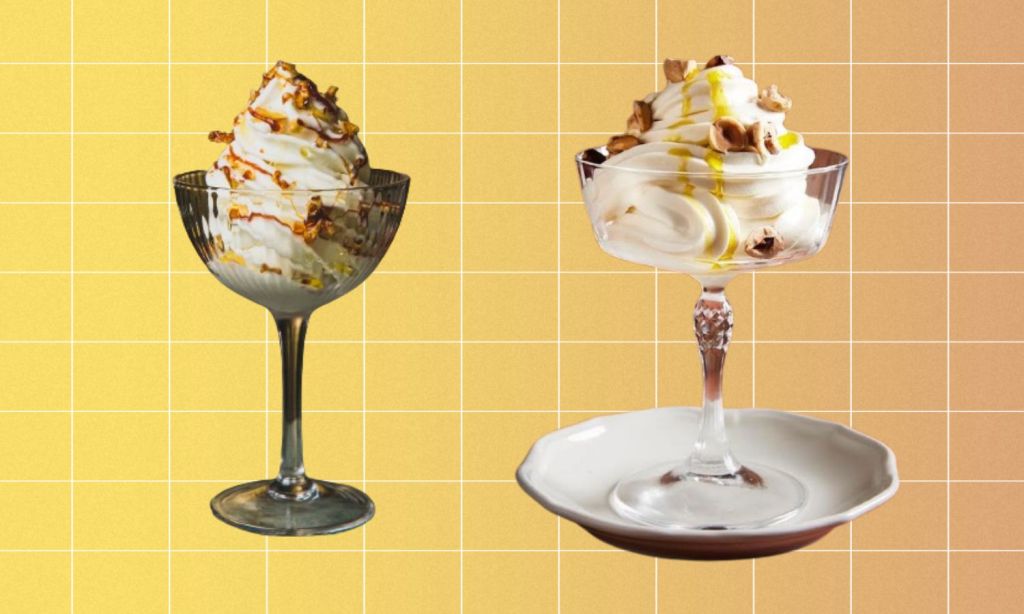One dollar. That’s the average cost of a soft serve ice cream cone from McDonald’s in Australia. But despite the Macca’s price point, the dessert has been popping up on the menus of some of the country’s best fine dining restaurants including Mimi’s, JAM Record Bar and Gildas in Sydney, and Supernormal and Reine and Rue in Melbourne.
Chef Lennox Hastie of Gildas said the reasoning behind his soft serve dish poured from a tap at the venue is that it went along with the restaurant’s yesteryear quality. Hastie believes the trend of soft serve served at restaurants results from diners wanting playful, light-hearted experiences when eating out.
“Soft serve brings a sense of nostalgia, reminding people of the simple joy of childhood, just with much better ingredients,” says Hastie. “Also, ice cream tastes better when served slightly softer and warmer than the traditional hard, frozen variety. A soft serve machine creates smooth, creamy ice cream every time.”

The machine also lets restaurants play with flavours, textures and presentation, which they might otherwise be limited with when using traditional ice cream. Gildas elevates its soft serve from its fast-food origins with high-quality ingredients.
The milk in the ice cream comes mostly from Australian dairy farms Burraduc Buffalo or Messina (yes, related to that Messina!). The sourced milk might be lightly smoked for added savoury flavour. And the ice cream might be topped with cinnamon-dusted churros, roasted almond praline or dulce de leche.
“This focus on premium ingredients transforms a simple treat into something truly special,” Hastie says.

Australian chef Jacqui Challinor posted a soft serve dish she’d created for Melbourne venue Reine and La Rue in August last year. It featured soft serve ice cream made with milk from Gippsland Dairy, hazelnuts from a farm in Mornington Peninsula and a drizzling of extra virgin olive oil from Australian olive grove Little Pier.
“The simplest and most nostalgic celebration of all things Victorian,” she wrote alongside a photo of the creation.
Chef Michael Fox at JAM Record Bar says the idea for serving fancy soft serve came from visiting Tokyo, Japan, where many small bars served soft serve ice cream alongside Japanese whisky, beer and classic cocktails.
“The flavour we serve is Tokyo Banana, inspired by one of my favourite sweet treats from Japan,” Fox says. “We buy the milk base from Hokkaido, then blend it with caramelised banana and toffee malt. To finish, we sprinkle with Okinawa [unrefined] brown sugar and Maldon sea salt.”
The trend of soft serve at restaurants appears to have started in the US. In 2008, James Beard award-winning American pastry chef Christina Tosi opened a Milk Bar in the US that served the fast-food treat.
It was one of the first times soft serve had been presented in an elevated way and set the stage for its future introduction to restaurants’ menus. Before this, Tosi, like many, associated soft serve with fast-food chains, ice cream trucks and carnivals, never as an upscale dish.
“It’s operationally a light lift,” Tosi told US publication Town & Country in June 2023. “Emotionally and creatively a nostalgic delight with infinite flavour possibility.”
Related: The Sydney Fine-Dining Restaurants Leading the Way in Non-Alcoholic Set Menus
Related: Why Does Dining Alone Still Freak People Out?
Read more stories from The Latch and subscribe to our email newsletter.







